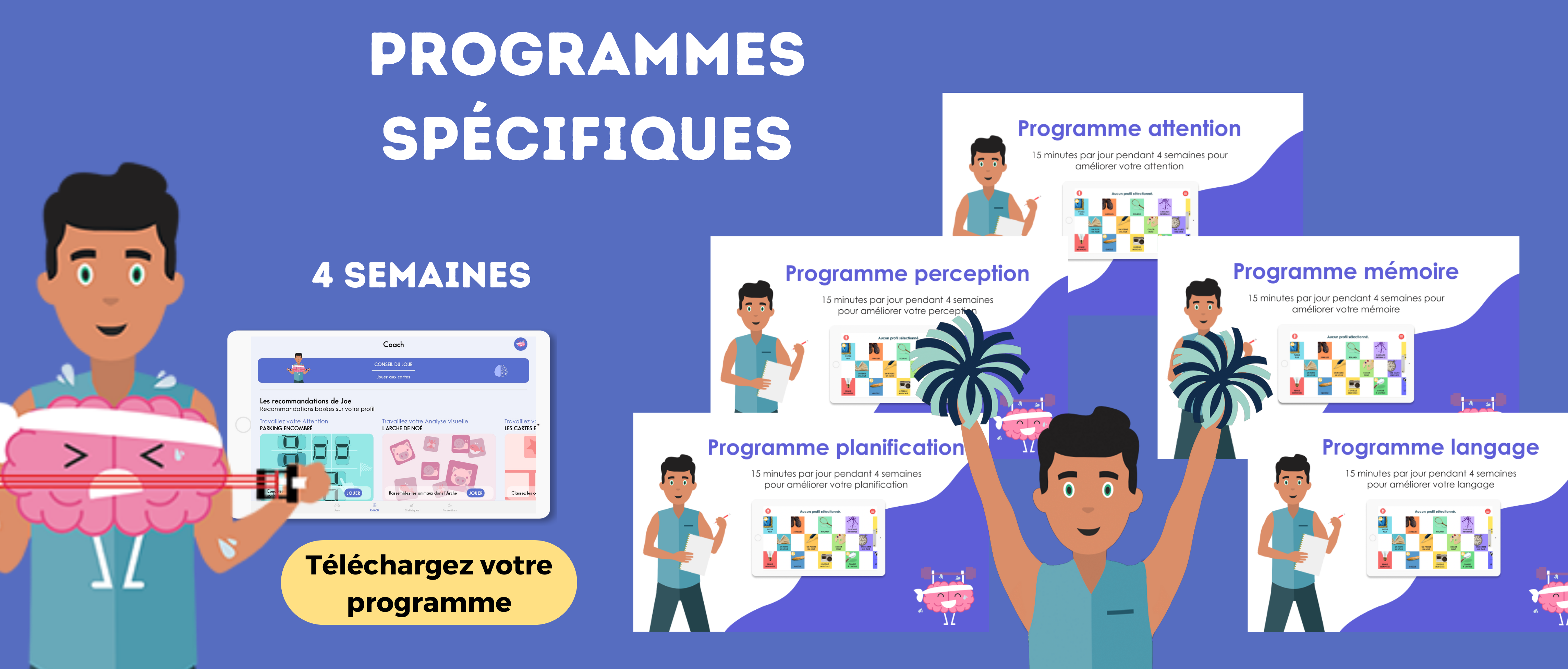Work
its VISUAL-SPATIAL CUES


Preserving visual-spatial reference points
Reinforce the ability to perceive, memorize and interpret information about space.

Enhance navigation in space
Improve your ability to find your way in different environments.

Applications in everyday life
Working on your attention with our games helps you find your way around complex spaces.

Visual-spatial functions refer to the set of brain processes that enable us to represent space (the environment) in two or three dimensions. The processes required to achieve this include mental imagery and navigation, distance assessment and mentally imagining a physically absent object.
All these analyses are made possible by visuo-spatial cues.
What are visual-spatial cues?
Visuo-spatial cues are a function that enables us to assess the relative position of objects in the environment or in relation to ourselves. This function is extremely complex: it relies on elaborate oculomotor control, as well as visual-attentional and spatial abilities. It is essential for synthesizing elements into a meaningful whole, for discriminating objects and analyzing their relative positions, for evaluating the orientation of lines, and for performing mental rotations. It is also fundamental for orienting actions (grasping objects, etc.).
For example, we can walk without bumping into objects (furniture in the house, poles in the street…), because our brain is able to evaluate distances. Another example of this skill is the ability to catch a ball coming towards us by evaluating its trajectory in space.
Visual-spatial reference disorders
The visuo-spatial disorder disrupts the ability to locate elements in the environment in relation to one another. It also disrupts perception of position, and the orientation of elements in relation to the body axis, vertical axis and gravity.
For example, a dysfunction in visuo-spatial processing disrupts the comparison of shapes or spatial configurations, figure/ground discrimination, and understanding of right and left notions. More generally, visuo-spatial dysfunction can affect the acquisition, organization or use of visual spatial information.
A person with impaired visuo-spatial cues may therefore have difficulty orienting themselves in space, or assessing distances between objects. It can lead to a person bumping into furniture or people, or having difficulty grasping objects.
Exercises to train and improve visual-spatial cues
To train your visuo-spatial cues, you can imagine the route to a location (try to imagine the whole route, the environment you’re about to see or the street names).
Try estimating the distances between you and an object, for example, by estimating the number of steps you’d have to take to reach it. Or try closing your eyes in a safe place and walking straight ahead. After a few steps, open your eyes and see whether or not you’ve actually walked straight ahead.
Our games for working autobiographical memory
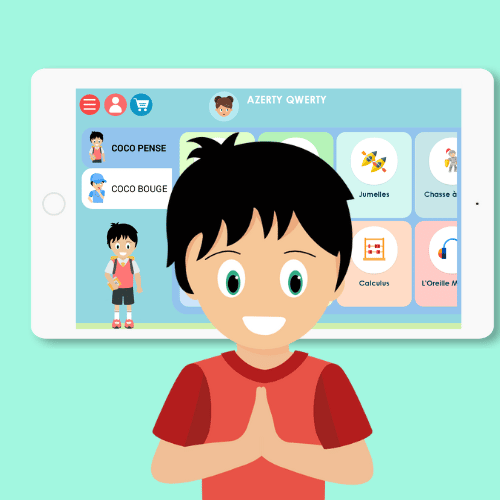
- Crazy Chessboard
- Bouncing Ball
- Puzzle Plus
- Congested Parking
- The walker
- Coco at the beach
- Perce-Ballons
- Snowball effect
- Tangram
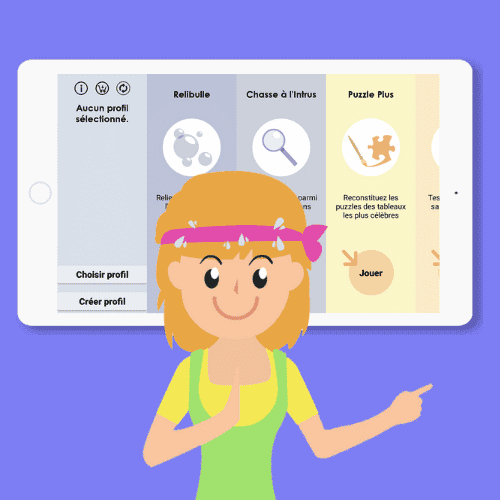
- Crazy Chessboard
- Bouncing Ball
- Puzzle Plus
- Congested Parking
- The walker
- Around the world
- Scarlett on skis
- Perce-Ballons
- Snowball effect
- Tangram
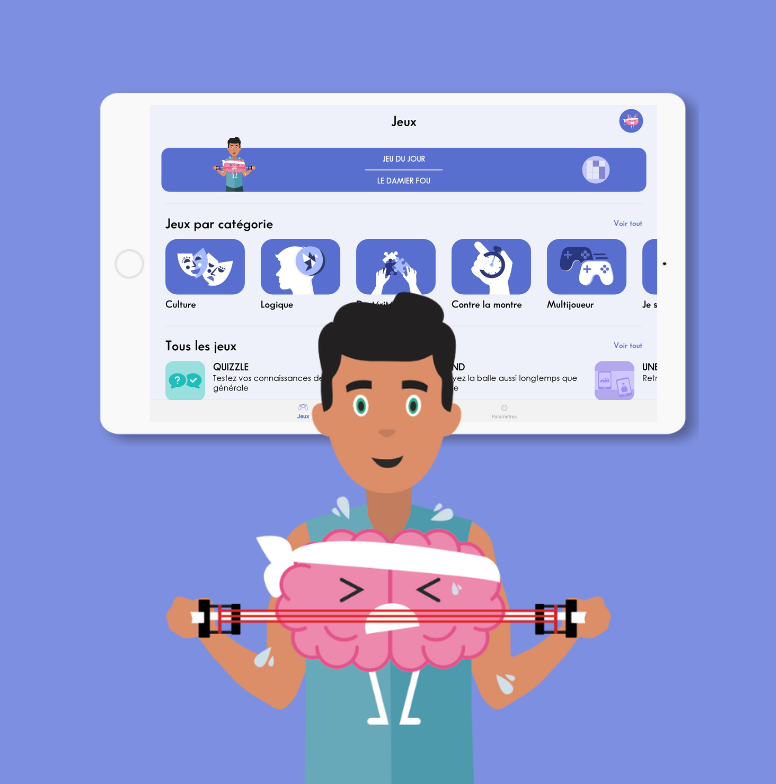
- Crazy Chessboard
- Roland
- Puzzle Plus
- Congested Parking
- The walker
- Around the world
- Clint the pirate
- Perce-Ballons
- Snowball effect
- Panurge
Visuo-spatial cues enable us to interact with the environment, since we can orient ourselves in space, as well as anticipate the movements of people and objects.
You’re always in a space, surrounded by people and objects. So it’s important to have a good sense of space.
We can find our bearings in space thanks to several mechanisms:
1. Space representation
When we’re in a space, our brain creates an image of the space itself. This mental representation lets us know what space we have at our disposal, how to move around and where objects are.
For example, if you wake up at night, you can make it to the bathroom without turning on the light. This is possible because we’re able to imagine our home in our heads.
The walker
In this game, the player must position the pieces to create a course.
It’s important to have a good representation of the space, because you need to know how much space each room occupies.
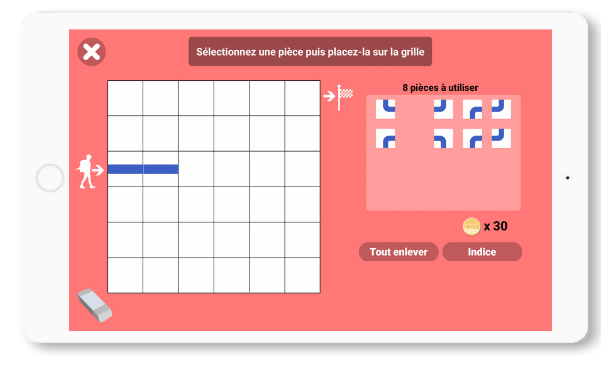
2. Creating mental images
Creating mental images is very important in everyday life.
It enables us to anticipate the movements of other people or objects, but also to imagine objects or people without them being in front of us.
Crowded Parking Lot
In this game, the player has to move the cars to get the yellow car out of the parking lot.
To find the solution, you have to imagine the possible movements of each car, create several combinations, and find the right sequence to follow. So you have to imagine how the cars will move in space.
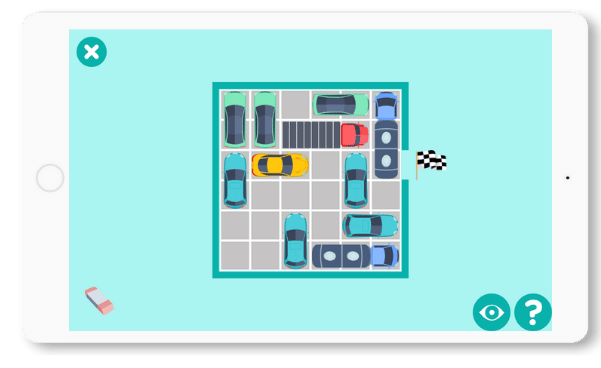
3. Distance assessment
Using visuo-spatial cues, we can assess distances.
Indeed, distance is always a ratio between two objects, and can be evaluated according to the space in which we are.
We use this skill when driving, calculating journey times or playing sports. So we’re able to assess the distance between ourselves and a second object, or between two external objects.
Clint the pirate
In this game, you have to take the character back to his treasure.
The character moves up and down, left and right. His path is stopped by the obstacles in his way. So you need to gauge distances to see which obstacle he’ll hit, and where he’ll stop.
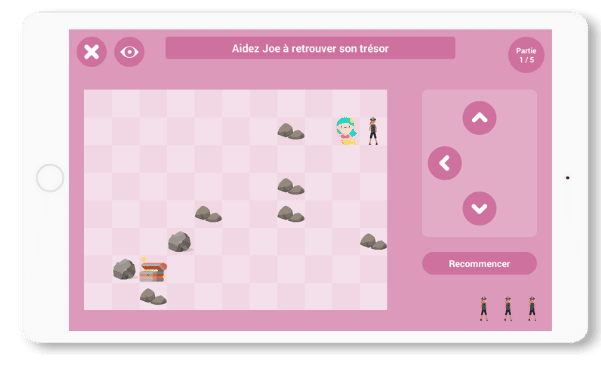
4. Orientation in space
Knowing how to orientate ourselves enables us to move around the environment.
Orientation is based on the classic directions: left, right, up, down. When we move, our body becomes the center, and we imagine movements according to our position (I went left, then right).
Snowball effect
In this game, the player must click on an arrow to trigger a Snowball Effect that must reach all the arrows.
Each arrow has a different orientation, so you have to imagine how the snowball moves and change orientation every time it hits an arrow.
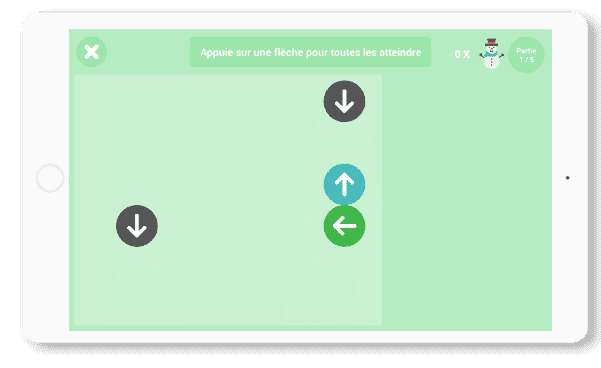
Visual-spatial cues are made up of several cognitive functions: creation of mental images, spatial analysis, visual exploration…
All these functions can be grouped under the category of perception. If you’d like to improve your perception, you can follow our coach Clint’s training program.
Want to improve your visual-spatial bearings?
Our games have the following 3 impacts:
-
Stimulate visual-spatial cues in everyday life: Our games are designed to train spatial perception and the ability to situate oneself in an environment. For example, in “The Walker”, you have to create a path and navigate through different landmarks, reinforcing spatial perception and orientation in space.
-
Reinforce spatial navigation: Games encourage the ability to find one’s bearings and adjust one’s position in complex spaces. For example, in “Clint the Pirate”, you have to guide the character to his goal without touching obstacles.
-
Applications in everyday life: Working on visuo-spatial reference points with our games makes it easier to orientate in unfamiliar spaces, such as a new city, or in complex situations, such as organizing space at home or at work.
Discover our attention training programs with our coaches!
COCO THINKS
and COCO MOVES
A version for children aged 5 to 10

CLINT
A preventive version for seniors

SCARLETT
An easy and adapted version for seniors

Follow a training program for 4 weeks
ATTENTION PROGRAM
For 4 weeks, follow our program to work on attention by playing our specially selected games for 15 minutes a day.
MEMORY PROGRAM
For 4 weeks, follow our program to work the memory by playing our specially selected games for 15 minutes a day.
LANGUAGE PROGRAM
For 4 weeks, follow our program to work on language by playing our specially selected games for 15 minutes a day.
PLANNING PROGRAM
For 4 weeks, follow our program to work on your planning by playing our specially selected games for 15 minutes a day.
PERCEPTION PROGRAM
During 4 weeks follow our program to work on perception by playing our specially selected games for 15 minutes a day.
Complementary exercises at home to work on your visual-spatial cues
Tracking routes and paths
-
Reconstructing a route: Give yourself a route to follow in an unfamiliar environment (for example, a new neighborhood) and try to remember the visual cues to navigate from one point to the next. This improves your ability to follow a path and memorize landmarks.
-
Follow a route on a map: Use a map of your town or a fictitious place and try to trace a path between two points. This reinforces the ability to understand and use visual-spatial cues.
Organizing objects in space
-
-
Sort objects according to spatial criteria: Take different objects and arrange them on a table in spatial order (e.g., from left to right, or by size). This stimulates spatial perception and the management of distances between objects.
-
Design a workspace: Reorganize your office or a room to optimize space. This activity calls on your ability to visualize the organization of a space and adjust objects to suit the layout.
-
Use navigation applications
-
-
Explore a new city with a map: Use an interactive map or GPS application to explore a new place. Try to find your way around without the aid of a map, using only the visual cues around you.
-
Play geolocation games: Take part in “treasure hunt” type games using your smartphone, forcing you to orientate yourself in space according to visual clues and geographical landmarks.
-
Practice visualizing space
-
Visualize a space and reproduce its layout: close your eyes and imagine a room or outdoor space, then open your eyes and try to reproduce this visualization with real objects. This trains the ability to reproduce spatial configurations in reality.
- Spatial puzzles: Solve three-dimensional puzzles, such as cubes or models. This reinforces the ability to understand the relationship between different parts of an object in space.
Play spatial thinking games
-
-
-
Games with cubes or 3D shapes: Use games that require you to manipulate three-dimensional objects and organize them correctly (such as puzzles or building blocks). This improves depth perception and spatial relationships.
-
Tetris or similar games: Play games like Tetris, where you have to manipulate geometric shapes in a defined space, to improve your ability to visualize and organize objects in space.
-
-
Use distance markers
-
-
Estimate the distance between two objects: Look at two objects at different distances and estimate the distance between them. This helps refine distance perception and the evaluation of spatial relationships.
-
Shopping in a supermarket: When you’re shopping, try to find your way around the aisles quickly without using the signs. This helps reinforce your ability to use visual cues to orientate yourself in a complex space.
-
Explore mazes
-
-
Solve physical mazes: Go to a maze or outdoor course and try to find your way using only the visual cues around you. This trains spatial memory and orientation.
-
Make paper mazes: Solve mazes drawn on paper or online, focusing on landmarks and direction choices for traversing the space.
-
Following visual cues in complex tasks
-
-
-
-
Following a route by car or on foot: When following a route, focus on the visual cues that mark your path (such as buildings, signs or intersections). This reinforces your ability to navigate in a complex environment.
-
Make blind runs: Close your eyes and try to find your way around a familiar environment using only your memory of visual cues.
-
-
-
Viewing rotated objects
-
-
-
Imagine objects rotating in space: Take an object and imagine it rotating in space (for example, a ball or a cube). This improves your ability to visualize objects in three dimensions and understand their spatial movement.
-
Reconstructing 3D shapes: Use models or games that require you to reconstruct geometric shapes in 3D, thus improving your perception of spatiality and visual cues.
-
-




